corundum
-
Ruby & Sapphire Books | Collecting the Literature of Corundum | Hidden Treasure
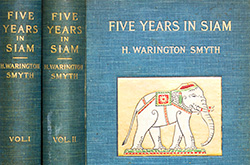
A discussion of the literature of ruby and sapphire (corundum), with particular emphasis on the most collectible books covering ruby and sapphire around the world.
-
Ruby & Sapphire Color Types | From Peacock to Pigeon's Blood
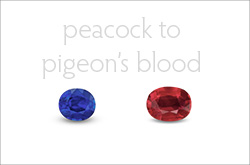
A brief description of the color types for ruby and sapphire used at Lotus Gemology.
-
Ruby Connoisseurship | Seeing Red
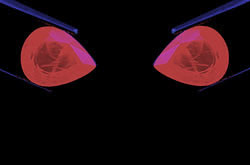
A loving look at ruby – the gem of passion – from the standpoint of the connoisseur.
-
Rutile in Corundum | Following the Silk Road
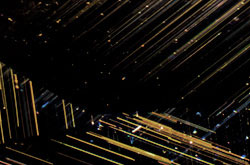
A discussion of rutile silk in corundum and its use in detecting artificial heat treatment. Careful examination of these "silk" inclusions can provide vital clues to unmask heated gems.
Rutile Silk in Sapphire | Discovery in 1878
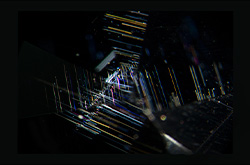
In 1878, the noted Austrian mineralogist, Gustav Tschermak von Seysenegg [1836–1927], was the first to properly identify silk in corundum, finding it to be composed of the mineral rutile (TiO2). An English translation of his landmark paper is included, along with the original German version.
Sapphire Connoisseurship | Judging Sapphire | Passion Fruit
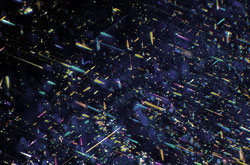
Sapphire is one of the classic gems. In this article, Lotus Gemology's resident connoisseur casts a discerning eye at the factors that contribute to quality in this legendary precious stone.
Six-Rayed Star in Sapphire from Myanmar
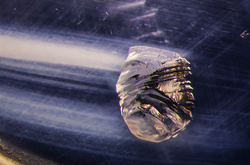
A Burmese sapphire shows a celestial scene both externally and internally.
Sorcerers & Sapphires | A Visit to Madagascar
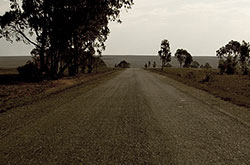
In search of ruby and sapphire on the lost Isle of Madagascar.
Testing Yellow Sapphire | Passport to Obscurity

The examination of a yellow sapphire provides a lesson in the power of gemological microscopy.
The Last Thai Ruby Miner | Red Sky at Dusk
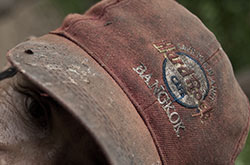
In search of Thailand's last ruby miner.
Verneuil Synthetic Corundum ID | Dangerous Curves
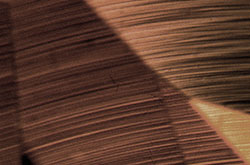
Virtually all gemologists are aware of the curved growth lines and gas bubbles in Verneuil (flame-fusion) synthetic corundum, but few understand exactly why they occur and how they are distributed in these stones. This article clarifies these important identifying features.
